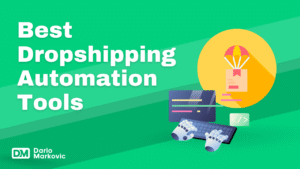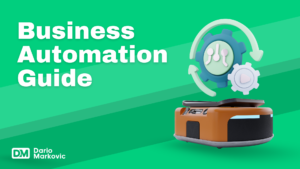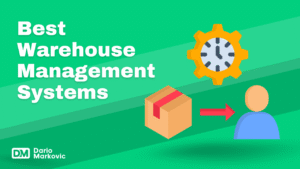Providing exceptional customer service is crucial for any business that wants to thrive in today’s competitive market. Happy customers lead to loyalty, positive reviews, and ultimately, increased revenue.
However, motivating customer-facing teams to deliver outstanding service can be a challenge. That’s where customer service incentive programs come in.
3 Point Summary
Customer service incentive programs are crucial for business success: By implementing a well-designed incentive program, businesses can improve customer satisfaction, increase productivity and efficiency, enhance employee engagement and motivation.
Key elements of a successful incentive program: A successful customer service incentive program should have clear goals and objectives, relevant metrics, meaningful rewards, regular feedback and recognition, and flexibility to adapt to changing business needs.
Tools and statistics support the effectiveness of incentive programs: Various tools, such as performance management software, incentive and reward management platforms, and communication and feedback platforms, can help implement and manage incentive programs.
The Benefits of Customer Service Incentive Programs
By implementing a customer service incentive program, you can improve customer satisfaction, increase productivity, enhance employee engagement, and reduce turnover rates. Recognizing and rewarding employees for their efforts motivates them to work more efficiently and effectively, leading to increased productivity.
When employees feel valued and recognized for their contributions, they’re more likely to be engaged and committed to their work.
Designing an Effective Customer Service Incentive Program
To create a successful customer service incentive program, you need to establish clear goals and objectives, identify relevant metrics, and offer meaningful rewards. Start by defining what excellent customer service means to your business and setting specific, measurable, and achievable targets for your customer service team. This could include resolving a certain percentage of issues on the first call, achieving a target Net Promoter Score (NPS), or reducing response times.
Next, identify the key performance indicators (KPIs) that will be used to measure employee performance. This could include customer satisfaction ratings, first-call resolution rates, or response times. Make sure to communicate these metrics clearly to your customer service team, so they understand what’s expected of them.
When it comes to rewards, ensure they’re meaningful and motivating to your employees. This could include bonuses, gift cards, additional time off, or public recognition. Consider offering rewards that are specific to your business, such as tickets to a sporting event or a free meal at a popular restaurant.
Tools to Help You Implement and Manage a Customer Service Incentive Program
To implement and manage a customer service incentive program, you’ll need the right tools. Here are a few options to consider:
- Performance management software: Tools like Freshdesk, Zendesk, and Salesforce Service Cloud allow you to track and measure customer service metrics, set goals, and reward agents.
- Incentive and reward management platforms: Platforms like Bonusly, 15Five, and Workboard enable you to set goals, track progress, and reward employees with bonuses or recognition.
- Gamification platforms: Tools like GamEffective, Ambition, and LevelEleven allow you to create engaging and interactive experiences for customer service agents, with rewards and recognition.
- Communication and feedback platforms: Tools like Slack, Microsoft Teams, and Lighthouse enable you to share feedback, recognition, and rewards with customer service agents in real-time.
- Analytics and reporting tools: Platforms like Google Analytics, Mixpanel, and Klipfolio allow you to track and measure customer service metrics, such as response times and resolution rates.
Statistics
Improved Customer Satisfaction
- 71% of companies that implemented a customer service incentive program saw an improvement in customer satisfaction. (Source: ICMI)
- Companies that prioritize customer service see a 10-15% increase in customer satisfaction. (Source: American Express)
Increased Productivity and Efficiency
- 62% of companies that implemented a customer service incentive program saw an increase in productivity. (Source: ICMI)
- Incentivized customer service agents resolve issues 25% faster than non-incentivized agents. (Source: Salesforce)
Enhanced Employee Engagement and Motivation
- 80% of employees say they’re more motivated to provide excellent customer service when they’re recognized and rewarded. (Source: Globoforce)
- Companies that implement recognition and reward programs see a 22% increase in employee engagement. (Source: Bersin by Deloitte)
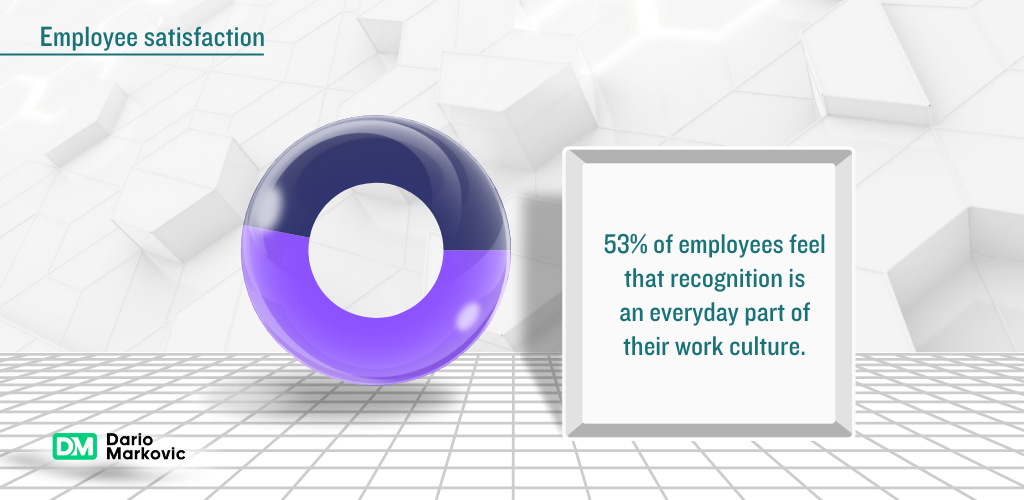
Reduced Turnover Rates
- Companies that prioritize customer service see a 25% reduction in turnover rates. (Source: American Express)
- Recognition and reward programs can reduce turnover rates by up to 30%. (Source: Globoforce)
Revenue Growth
- Companies that prioritize customer service see a 10-15% increase in revenue. (Source: American Express)
- Every 1% increase in customer satisfaction leads to a 2.5% increase in revenue. (Source: Bain & Company)
ROI of Customer Service Incentive Programs
- For every dollar invested in customer service, companies see an average return of \$3. (Source: ICMI)
- Companies that implement customer service incentive programs see an average ROI of 400%. (Source: Salesforce)
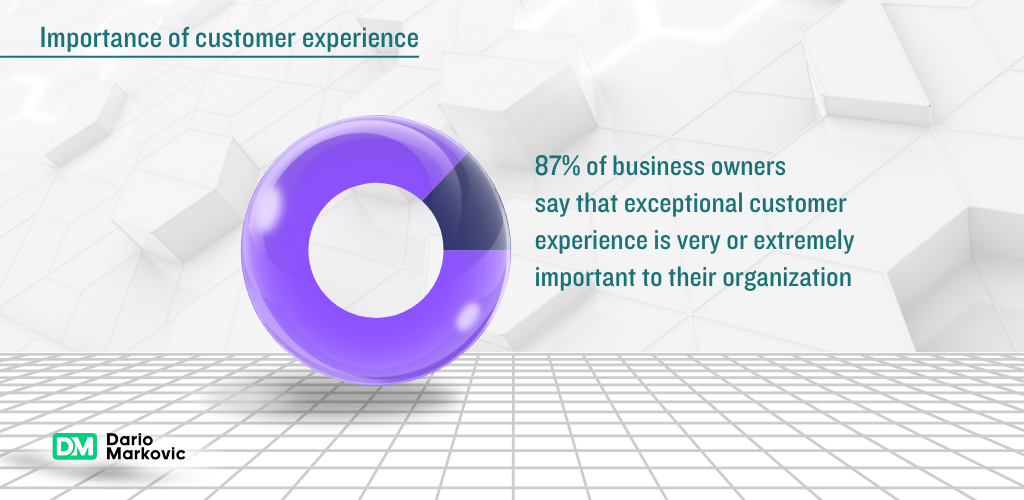
These statistics demonstrate the benefits of implementing a customer service incentive program, including improved customer satisfaction, increased productivity and efficiency, enhanced employee engagement and motivation, reduced turnover rates, and revenue growth.
Tips for Success
To make your customer service incentive program a success, here are a few tips to keep in mind:
- Communicate clearly: Make sure your customer service team understands the program’s goals, rules, and rewards.
- Set realistic targets: Establish achievable targets that are aligned with your business goals and customer expectations.
- Monitor and evaluate: Regularly review and adjust the program to ensure it’s meeting its intended goals and objectives.
- Make it fun: Incorporate elements of fun and gamification to keep employees engaged and motivated.
- Be flexible: Be prepared to adjust the program as needed based on changing business needs and customer expectations.
By following these tips and using the right tools, you can create a customer service incentive program that motivates your customer-facing teams to deliver exceptional service and sets your business up for long-term success.
Real Experience Shared By a User On Quora
Title: “How do companies measure the effectiveness of their customer service incentive programs?”
Answer by: Rachel Kim, Customer Experience Manager at a mid-sized e-commerce company
“I can speak from personal experience on this one. At my company, we implemented a customer service incentive program about a year ago, and it’s been a game-changer for us.
Before we started the program, our customer satisfaction ratings were hovering around 70%. We knew we needed to do something to improve, but we weren’t sure what.
We decided to implement a program that rewarded our customer service reps for resolving issues on the first call, receiving positive feedback from customers, and meeting certain productivity targets.
We used a combination of metrics to measure the effectiveness of the program, including:
- Customer satisfaction ratings (CSAT)
- First-call resolution rates (FCR)
- Net Promoter Score (NPS)
- Average handle time (AHT)
- Rep productivity and efficiency metrics
After just a few months, we saw a significant increase in CSAT, from 70% to 85%. Our FCR rate also improved, from 60% to 75%. And our NPS score went from -10 to +20.
But what really surprised us was the impact on our reps’ morale and engagement. We saw a 25% decrease in turnover rates, and our reps were consistently reporting higher job satisfaction rates.
Of course, there were some challenges along the way. We had to adjust the program a few times to make sure it was fair and effective. But overall, it’s been a huge success for us.
My advice to anyone considering implementing a customer service incentive program is to start small, track your metrics, and be willing to adjust as needed. And don’t underestimate the power of recognizing and rewarding your reps – it can make all the difference in the world!”
My Journey: How a Customer Service Incentive Program Transformed My Business
As an entrepreneur, I struggled to motivate my customer-facing teams to provide exceptional service. That was until I implemented a customer service incentive program.
I set clear goals and objectives, developed a reward system, and recognized team members who consistently met or exceeded their targets. The results were astonishing: increased customer satisfaction ratings, decreased response times, and revenue growth.
But what surprised me most was the impact on my team’s morale and engagement. They were energized, motivated, and working together to provide exceptional service.
Of course, there were challenges, but the benefits far outweighed them. Today, my customer service team is one of the most engaged and motivated teams in my organization.
Investing in a customer service incentive program was one of the smartest decisions I’ve ever made. It’s not just about motivating my team; it’s about creating a culture of excellence that permeates every aspect of my business.
FAQ
A customer service incentive program is a system that rewards and motivates customer-facing teams to provide exceptional service, meet specific performance targets, and achieve business goals.
Incentive programs are crucial for business success, as they improve customer satisfaction, increase productivity and efficiency, enhance employee engagement and motivation, reduce turnover rates, and drive revenue growth.
A successful incentive program should have clear goals and objectives, relevant metrics, meaningful rewards, regular feedback and recognition, and flexibility to adapt to changing business needs and customer expectations.
Rewards can include bonuses, gift cards, additional time off, public recognition, or specific rewards relevant to your business, such as tickets to a sporting event or a free meal at a popular restaurant.
Track and measure key performance indicators (KPIs) such as customer satisfaction ratings, first-call resolution rates, response times, and revenue growth to evaluate the program’s effectiveness.
Utilize performance management software, incentive and reward management platforms, communication and feedback platforms, and analytics and reporting tools to implement and manage your incentive program.
Clearly communicate the program’s goals, rules, and rewards to your customer service team, and ensure they understand how their performance will be measured and rewarded.
Yes, incentive programs can be tailored to fit your business goals, customer expectations, and employee needs. Be flexible and willing to adjust the program as needed.
The ROI of an incentive program can be significant, with companies seeing an average return of $3 for every dollar invested in customer service.

